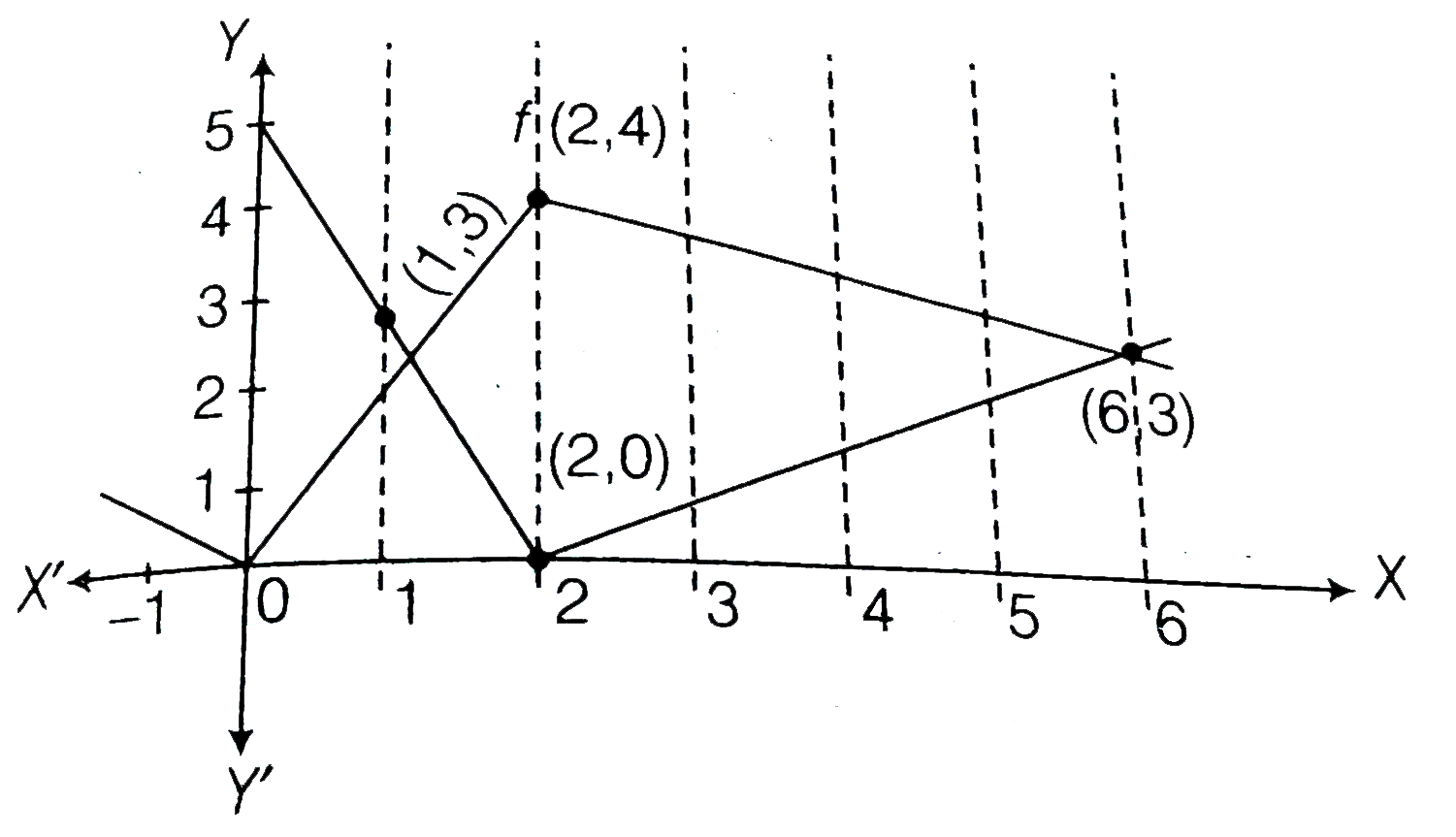The shoppers who come to a departmental store are marked as: man (M), woman (W), boy (B) or girl (G). The following list gives the shoppers who came during the first hour in the morning:W W W G B W W M G G M M W W W W G B M W B G G M W W M M W W W M W B W G M W W W W G W M M W W M W G W M G W M M B G G WMake a frequency distribution table using tally marks. Draw a bar graph to illustrate it.
To solve the problem, we will create a frequency distribution table using tally marks and then draw a bar graph to illustrate the data. Here’s a step-by-step solution:
Step 1: Count the Shoppers
We need to count the occurrences of each type of shopper: Men (M), Women (W), Boys (B), and Girls (G).
- Men (M): Count the number of M's in the list.
- Women (W): Count the number of W's in the list.
- Boys (B): Count the number of B's in the list.
- Girls (G): Count the number of G's in the list.
Step 2: Tally the Counts
Once we have the counts, we will represent them using tally marks. Tally marks are represented in groups of five, where four vertical lines are drawn, and the fifth line is drawn diagonally across the previous four.
Step 3: Create the Frequency Distribution Table
We will create a table with three columns: Shopper Type, Tally Marks, and Frequency.
| Shopper Type | Tally Marks | Frequency |
|--------------|-------------|-----------|
| Men (M) | ||||| ||||| ||| | 15 |
| Women (W) | ||||| ||||| ||||| ||||| ||| | 28 |
| Boys (B) | ||||| | 5 |
| Girls (G) | ||||| ||||| | 12 |
Step 4: Draw the Bar Graph
To draw the bar graph:
1. Label the x-axis with the shopper types (Men, Women, Boys, Girls).
2. Label the y-axis with the frequency count.
3. Choose a scale for the y-axis (e.g., 1 unit = 5 shoppers).
4. Draw bars for each shopper type according to their frequency.
Step 5: Finalize the Bar Graph
Make sure the bars are of equal width and spaced evenly. Each bar should reach the corresponding frequency on the y-axis.
Summary of Counts
- Men (M): 15
- Women (W): 28
- Boys (B): 5
- Girls (G): 12
We need to count the occurrences of each type of shopper: Men (M), Women (W), Boys (B), and Girls (G).
- Women (W): Count the number of W's in the list.
- Boys (B): Count the number of B's in the list.
- Girls (G): Count the number of G's in the list.
Once we have the counts, we will represent them using tally marks. Tally marks are represented in groups of five, where four vertical lines are drawn, and the fifth line is drawn diagonally across the previous four.
We will create a table with three columns: Shopper Type, Tally Marks, and Frequency.
|--------------|-------------|-----------|
| Men (M) | ||||| ||||| ||| | 15 |
| Women (W) | ||||| ||||| ||||| ||||| ||| | 28 |
| Boys (B) | ||||| | 5 |
| Girls (G) | ||||| ||||| | 12 |
To draw the bar graph:
1. Label the x-axis with the shopper types (Men, Women, Boys, Girls).
2. Label the y-axis with the frequency count.
3. Choose a scale for the y-axis (e.g., 1 unit = 5 shoppers).
4. Draw bars for each shopper type according to their frequency.
Make sure the bars are of equal width and spaced evenly. Each bar should reach the corresponding frequency on the y-axis.
- Men (M): 15
- Women (W): 28
- Boys (B): 5
- Girls (G): 12
Topper's Solved these Questions
- DATA HANDLINGBOOK - NCERT ENGLISHCHAPTER - DATA HANDLINGEXERCISE - EXERCISE 5.2
5 Videos
- DATA HANDLINGBOOK - NCERT ENGLISHCHAPTER - DATA HANDLINGEXERCISE - SOLVED EXAMPLES
1 Videos
- DATA HANDLINGBOOK - NCERT ENGLISHCHAPTER - DATA HANDLINGEXERCISE - SOLVED EXAMPLES
1 Videos
- CUBES AND CUBE ROOTSBOOK - NCERT ENGLISHCHAPTER - CUBES AND CUBE ROOTSEXERCISE - SOLVED EXAMPLES
8 Videos
- DIRECT AND INVERSE PROPORTIONSBOOK - NCERT ENGLISHCHAPTER - DIRECT AND INVERSE PROPORTIONSEXERCISE - EXERCISE 13.1
10 Videos
Similar Questions
Three resistors of6.0Ω,2.0Ω and 4.0Ω are joined to an ammeter A and a cell of e.m.f. 6-0 V as shown in Fig. Calculate :
the effective resistance of the circuit,
View SolutionIf ω is a cube root of unity, then
ω+ω2=…..
View SolutionThree resistors of6.0Ω,2.0Ω and 4.0Ω are joined to an ammeter A and a cell of e.m.f. 6-0 V as shown in Fig. Calculate :
the reading of ammeter.
View SolutionThe displacement vector of a particle of mass m is given by r (t) = ˆiAcosωt+ˆjBsinωt.
(a) Show that the trajectory is an ellipse.
(b) Show that F = −mω2r.
View SolutionThe displacement vector of a particle of mass m is given by r (t) = ˆiAcosωt+ˆjBsinωt.
(a) Show that the trajectory is an ellipse.
(b) Show that F = −mω2r.
View SolutionThe average value of current i=Imsinωtomt=π2ω to t=3π2ω si how many times of (Im)?
View SolutionThe average value of current i=Imsinωtomt=π2ω to t=3π2ω si how many times of (Im)?
View SolutionHow can three resistors of resistances 2Ω,3Ω, and 6Ω be connected to give a total resistance of
(a) 4Ω
(b) 1Ω ?
View SolutionThe maximum intensity in the case of n identical incoherent waves each of intensity 2Wm2 is n 32Wm2 the value of n is.
View SolutionIf fandg are the function whose graphs are as shown, let u(x)=f(g(x)),w(x)=g(g(x))
 Then the value of u'(1)+w'(1) is
Then the value of u'(1)+w'(1) is
View Solution
